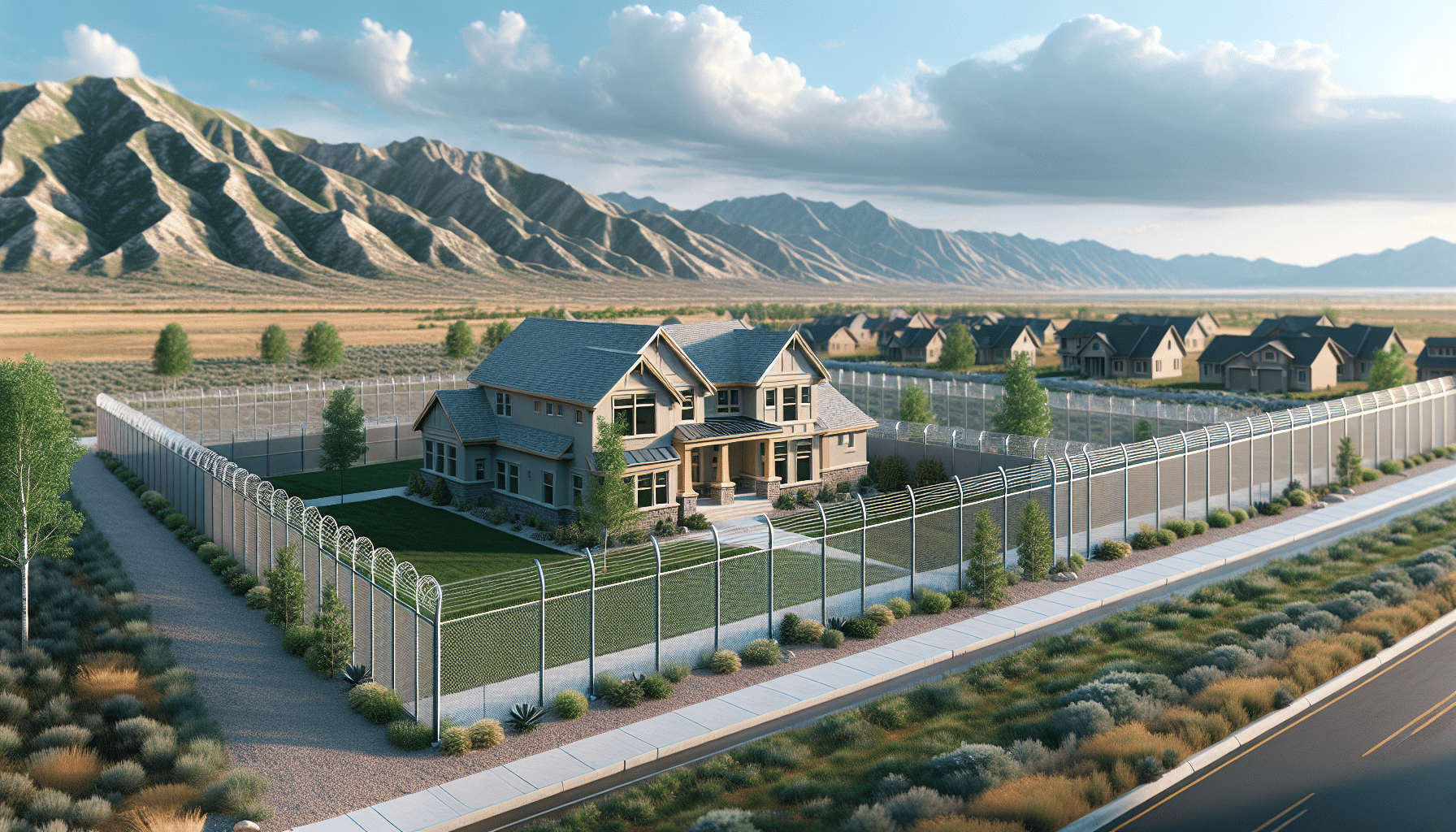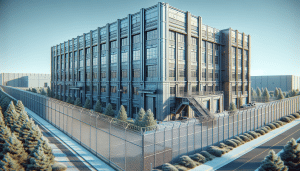Planning to install a Chain Link Fence can feel like a daunting task, but with Logan Fence Company by your side, it becomes an exciting home improvement project. Understanding key details and having a clear strategy can save you time and headaches down the road. This article will guide homeowners through every essential step of planning a Chain Link fence, turning what seems challenging into a straightforward, enjoyable experience. Let us help you make the most informed decisions to create the perfect fence for your property.
Contents
Understanding Your Needs
Before diving into the nuts and bolts of fence installation, it’s crucial to pinpoint your specific needs. Are you looking to secure your property, keep pets safe, or enhance privacy?
These questions will influence the type and height of the fence you choose. Understanding your primary objectives will ensure the finished product is not only functional but also meets your expectations.
Moreover, discuss your ideas with everyone involved in the decision-making process. A collective understanding will pave the way for a smooth and successful project that everyone in the household appreciates.
Choosing the Right Materials
Selecting materials might seem overwhelming given the variety available. Chain link fences come in various coatings and finishes, each with unique benefits.
Consider galvanized or Vinyl-coated options, which offer durability and resistance to rust and weather. Evaluating environmental factors and aesthetic preferences will guide you in choosing the best material for your specific situation.
Prioritize quality over cost when it comes to materials to ensure long-lasting results. This will save you from frequent maintenance needs and future repairs, making your investment worthwhile.
Planning the Layout
Map out where you want your fence to go, keeping in mind not only your property lines but also any obstacles such as trees, rocks, or uneven terrain.
Walk the intended path of your fence to visualize how it will look and function in your space. This hands-on approach helps identify any potential hurdles and adjust the plan accordingly.
Having a clear, detailed layout will make the installation process smoother and help communicate your vision to contractors, if you choose to hire professionals for the job.
Checking Local Codes and Regulations
It’s essential to understand local zoning laws and homeowner association guidelines that might affect your fence installation.
Research any permits required in your area and ensure your project complies with all relevant regulations. Failing to adhere to these rules can result in fines or having to redo parts of your fence.
Take the time to consult with local authorities and gather all necessary documentation. This proactive approach will prevent unexpected legal complications later on.
Setting a Budget
Budget considerations are a crucial part of any fencing project. Establish how much you are willing to spend from the outset to avoid surprises.
Account for costs such as materials, labor, and any additional features like gates or extra styling. Planning financially will help you make informed decisions and prioritize where to allocate your resources.
Remember that investing in quality upfront can save money in the long run by reducing maintenance and repair costs.
Preparing Your Property
Once you have all your permits and plans set, it’s time to prepare your property for the fence installation.
Clear the area of debris, foliage, or anything that might get in the way. This step ensures your installation proceeds smoothly and without delay.
Marking out the boundaries and any special features like gates beforehand helps avoid potential errors during installation.
DIY vs. Professional Installation
Consider whether you want to tackle this project yourself or hire professionals. Each option has its advantages.
DIY projects can be cost-effective and give a sense of accomplishment. However, they require time, tools, and a good deal of patience.
Meanwhile, professional installation can ensure expertise, precision, and saves you effort. We at Logan Fence Company are ready to assist in making your fence installation a seamless experience.
Maintenance Considerations
Once your fence is installed, proper maintenance will ensure it stays functional and attractive for years.
Develop a regular maintenance routine that includes checking for signs of wear, cleaning, and addressing any issues immediately. This proactive approach prolongs your fence’s life span.
Consider additional protective treatments available for chain link fences to enhance durability and keep them looking their best.
Common Mistakes to Avoid
Even with the best intentions, mistakes can occur. Here are some to watch out for:
- Skipping Permit Checks: Ensure you check all necessary permits and follow zoning laws, preventing legal issues after installation.
- Underestimating Costs: Include all possible expenses in your budget plan to avoid financial strain during your project.
- Ignoring Maintenance: Failing to maintain your fence can lead to costly repairs and reduce its lifespan.
- Improper Measurements: Always double-check property lines and desired fence dimensions to ensure accuracy before construction begins.
- Overlooking Ground Conditions: Assessing soil and terrain will prevent unexpected challenges during installation.
Conclusion
Installing a chain link fence doesn’t have to be overwhelming. Follow these essential tips, and you’ll create a robust fence that suits your needs. Contact us at Logan Fence Company by phone # 435-383-5152 or Request a Free Quote to start your project today.




